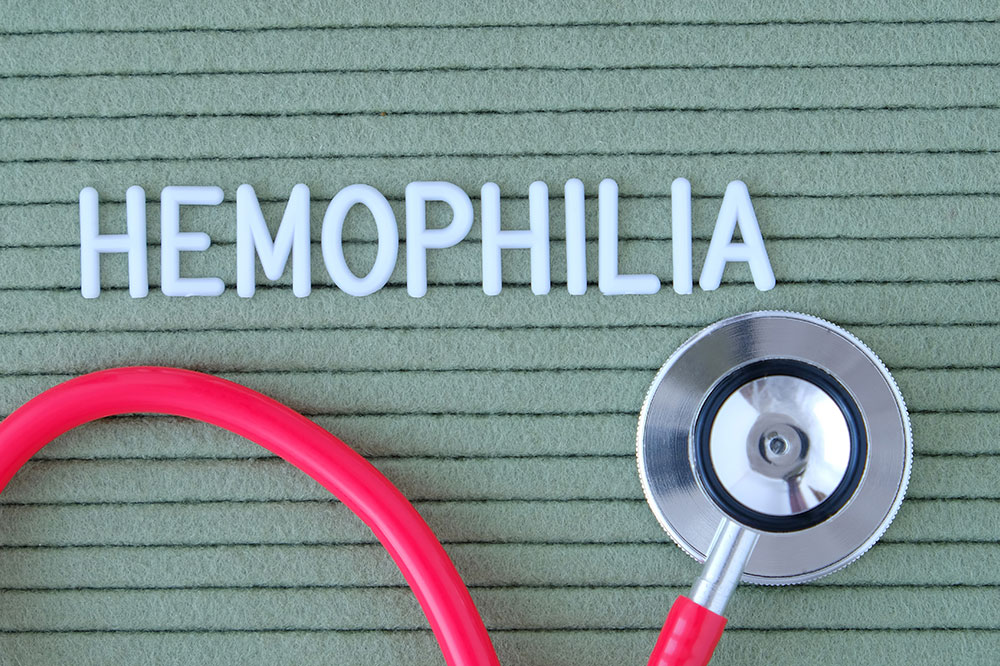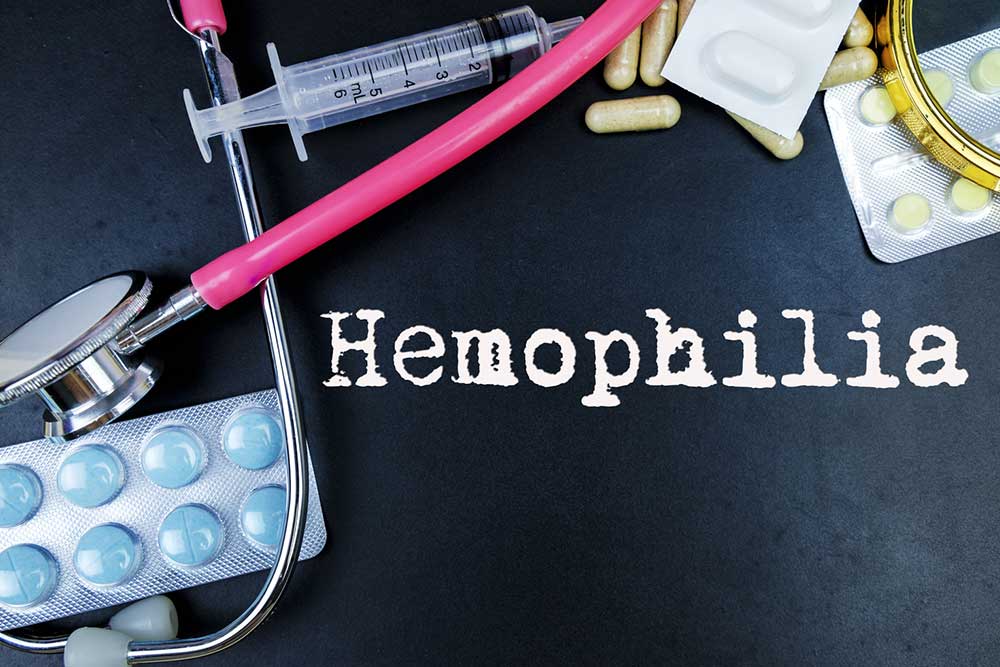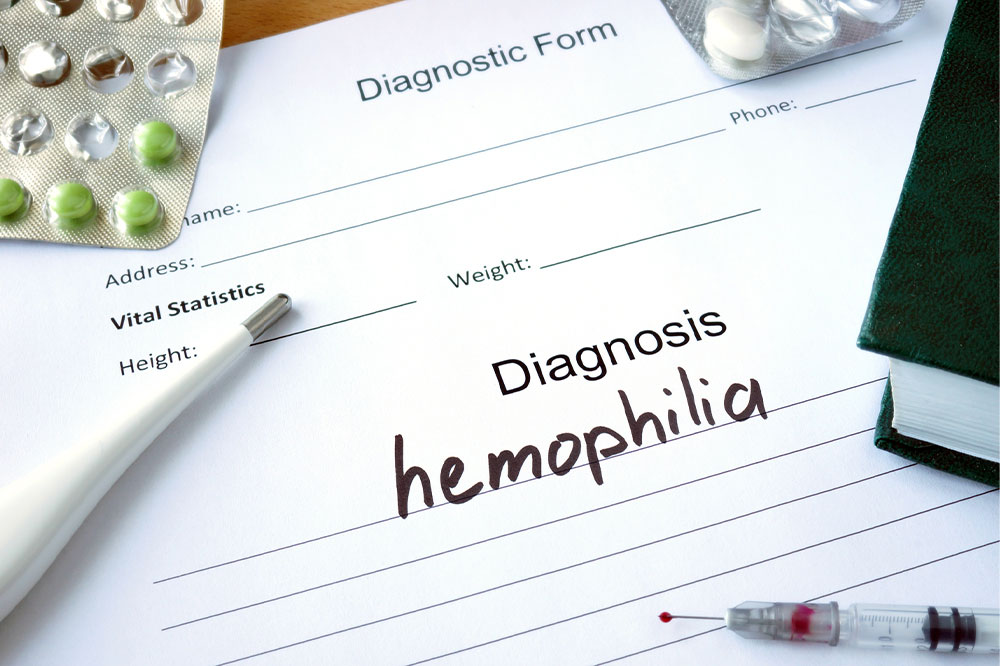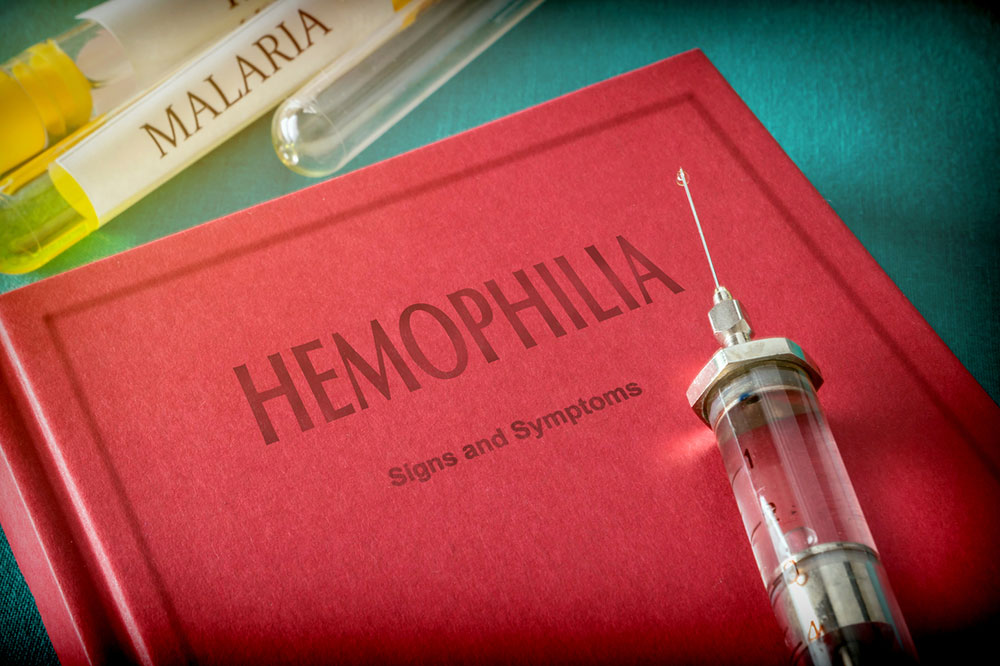A Comprehensive Guide to Hemophilia: Recognizing Symptoms and Exploring Treatment Options
Hemophilia is a hereditary bleeding disorder caused by a deficiency of clotting factors. Recognition of symptoms such as spontaneous bleeding, bruising, and joint pain is vital for early diagnosis. Effective treatment options include factor replacement therapy, innovative medications like HEMLIBRA®, and lifestyle adjustments. Advances in biotechnology are revolutionizing management, improving patients’ quality of life. This guide provides detailed insights into hemophilia signs, symptoms, and comprehensive treatment strategies. Proper medical care and regular monitoring are essential for living well with hemophilia and preventing serious complications.

A Comprehensive Guide to Hemophilia: Recognizing Symptoms and Exploring Treatment Options
Hemophilia is a rare but serious hereditary disorder that affects the body’s ability to form blood clots, leading to abnormal bleeding episodes. This medical condition results from a deficiency or dysfunction of specific clotting factors—proteins essential for the blood clotting process. Although individuals with mild hemophilia might bleed only after significant injuries or surgeries, those with severe forms can experience spontaneous bleeding episodes without apparent cause. Understanding the underlying causes, recognizing the signs and symptoms, and exploring effective treatment strategies are vital in managing this lifelong condition.
Hemophilia primarily exists as an inherited disorder, passed down through families in an X-linked recessive pattern. This means it predominantly affects males, while females might be asymptomatic carriers. The condition is categorized based on the level of clotting factors: hemophilia A involves a deficiency of factor VIII, while hemophilia B relates to a deficiency of factor IX. The severity of bleeding episodes depends on how much clotting factor is residual in the bloodstream—patients with a severe deficiency might experience spontaneous bleeding, whereas those with milder forms may only bleed excessively after trauma or surgery.
In this comprehensive guide, we delve into the key signs and symptoms of hemophilia, providing insights into how this disorder presents itself in everyday life. Early recognition of symptoms is crucial for timely medical intervention, which can significantly reduce complications associated with uncontrolled bleeding. Furthermore, we explore the modern treatment options available, emphasizing both episodic and preventive care approaches. Advances in biotechnology have led to the development of various clotting factor concentrates, including plasma-derived and recombinant proteins, which have revolutionized hemophilia management. We also discuss newer therapies such as medications that aim to reduce bleeding frequency and improve quality of life.
Understanding hemophilia extends beyond diagnosis and treatment—awareness about lifestyle adjustments, potential complications, and long-term management strategies is essential for patients and caregivers alike. Proper medical guidance, regular check-ups, and prompt treatment of bleeding episodes are key to leading a healthy life with this condition. This extensive guide aims to equip readers with the knowledge needed to recognize early signs, understand treatment options, and navigate the challenges of living with hemophilia effectively.
Treatment of hemophilia involves both immediate responses to bleeding episodes and long-term preventive strategies. The cornerstone of therapy is replacing the missing clotting factors through injections, which patients often administer at home, under medical supervision. There are two main sources of these clotting factor concentrates: plasma-derived products, extracted from donated blood plasma, and recombinant factors produced via advanced genetic engineering techniques. While effective, long-term use of these concentrates may lead to the development of inhibitors—antibodies that reduce the effectiveness of clotting factor replacements—posing additional treatment challenges.
In recent years, innovative therapies such as HEMLIBRA® (emicizumab) have emerged, providing alternative options that help decrease the frequency of bleeding episodes without the need for frequent injections. For mild cases, medications like DDAVP® (desmopressin) and Stimate® are used to stimulate the release of stored clotting factors and natural hormones that aid in clot formation. Antifibrinolytic agents such as Amicar® (aminocaproic acid) are also commonly employed to stabilize clots and reduce bleeding in mucous membranes. The selection of treatment depends on the severity of hemophilia, individual response, and lifestyle considerations—making personalized medical consultation essential.
Proper management not only minimizes bleeding risks but also helps prevent joint damage, neurological complications, and other long-term issues associated with repeated bleeding episodes. Regular monitoring, adherence to treatment plans, and lifestyle modifications—like avoiding high-impact activities—are key components of comprehensive care. Advances in gene therapy are also promising future directions, aiming to provide long-lasting or even curative solutions for individuals with hemophilia.





